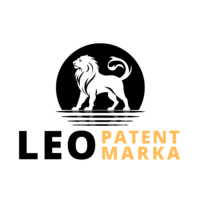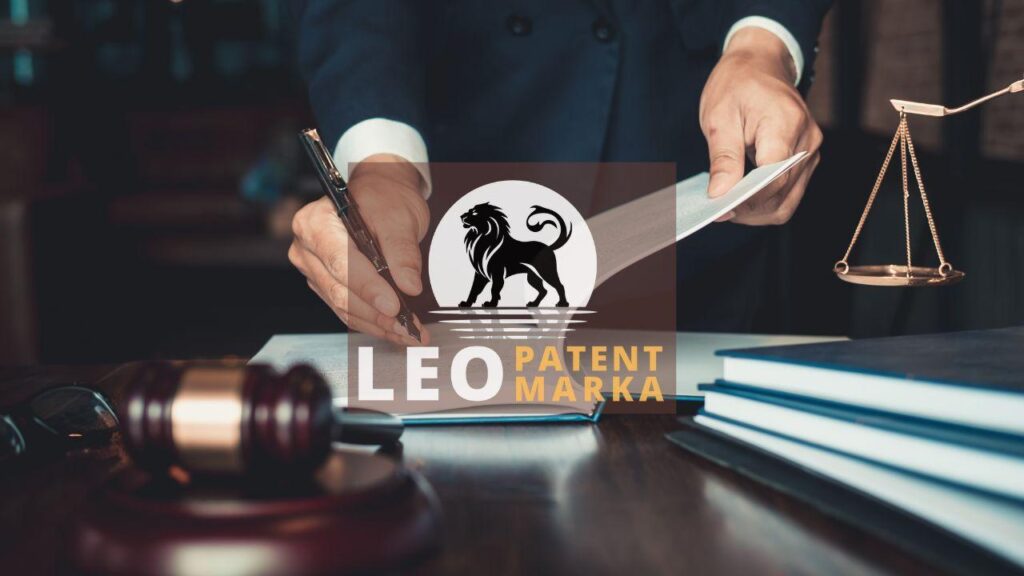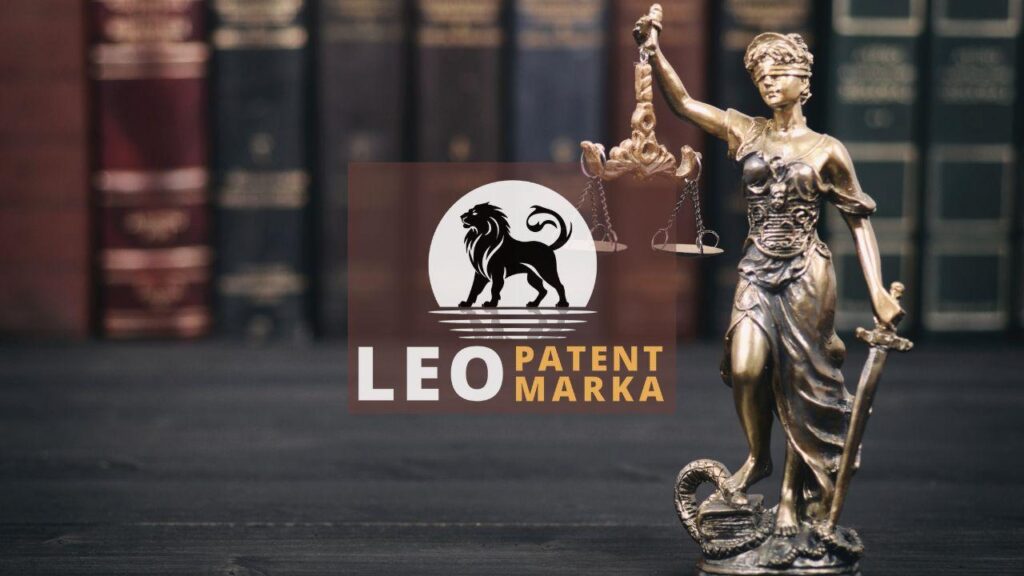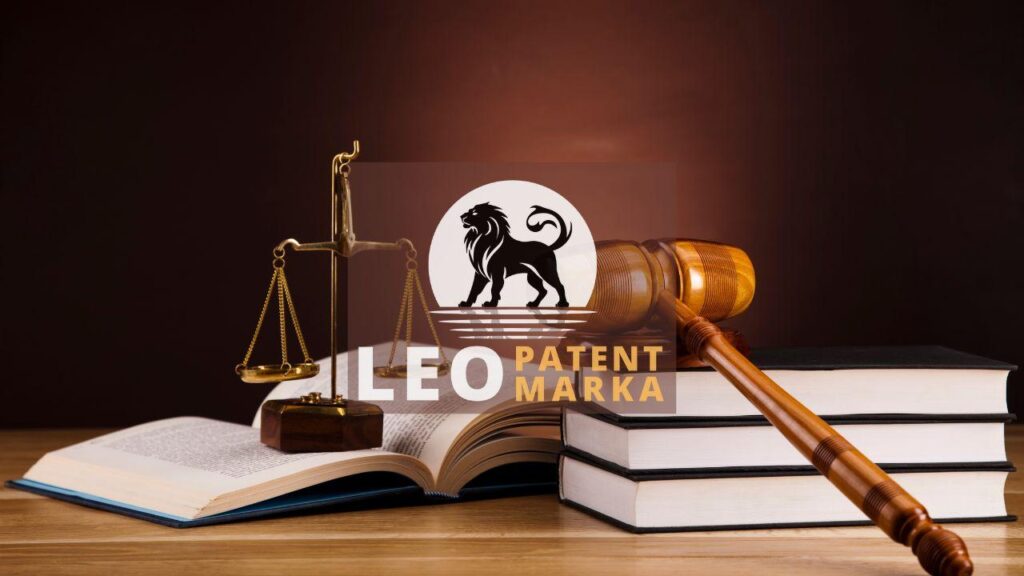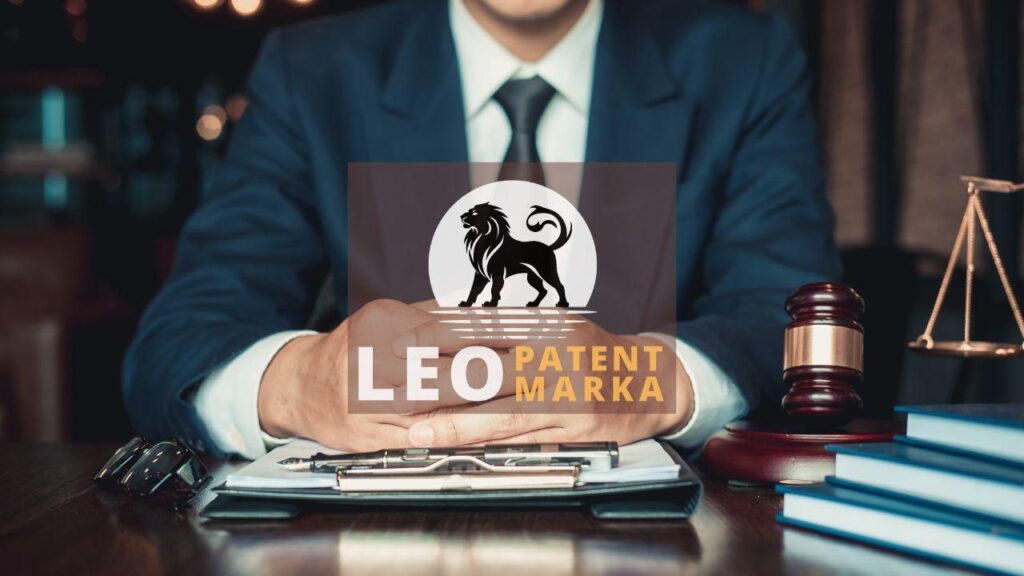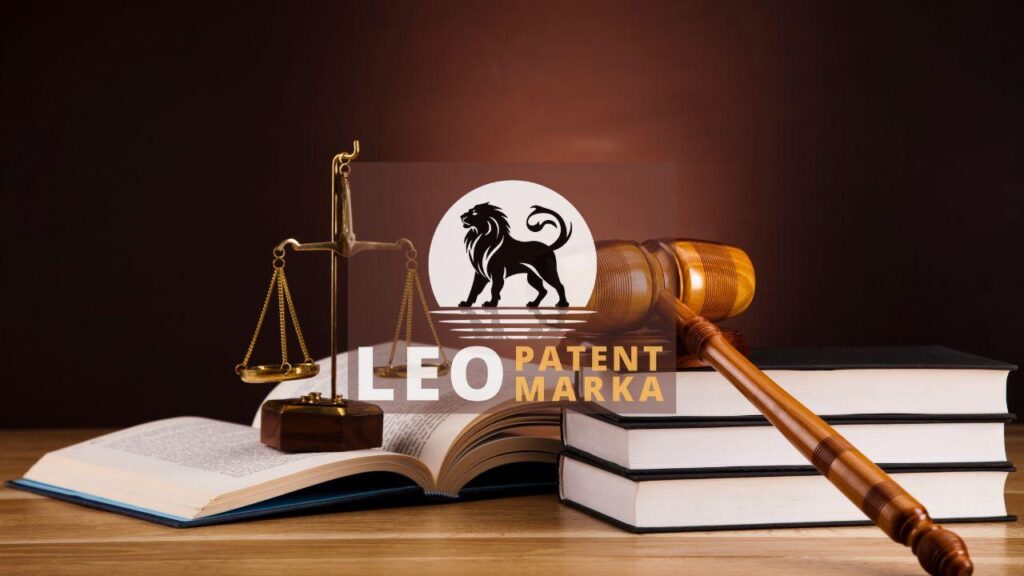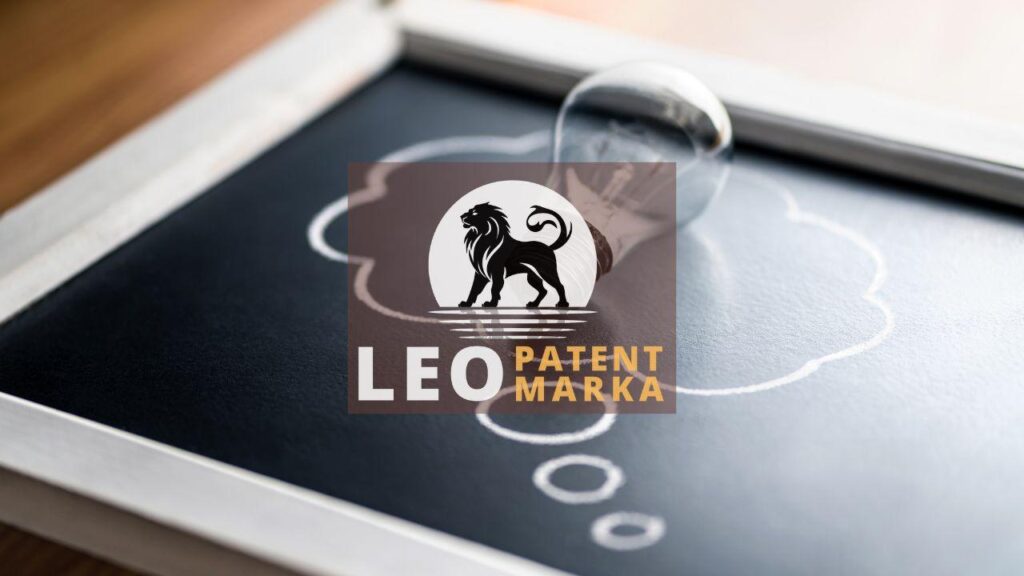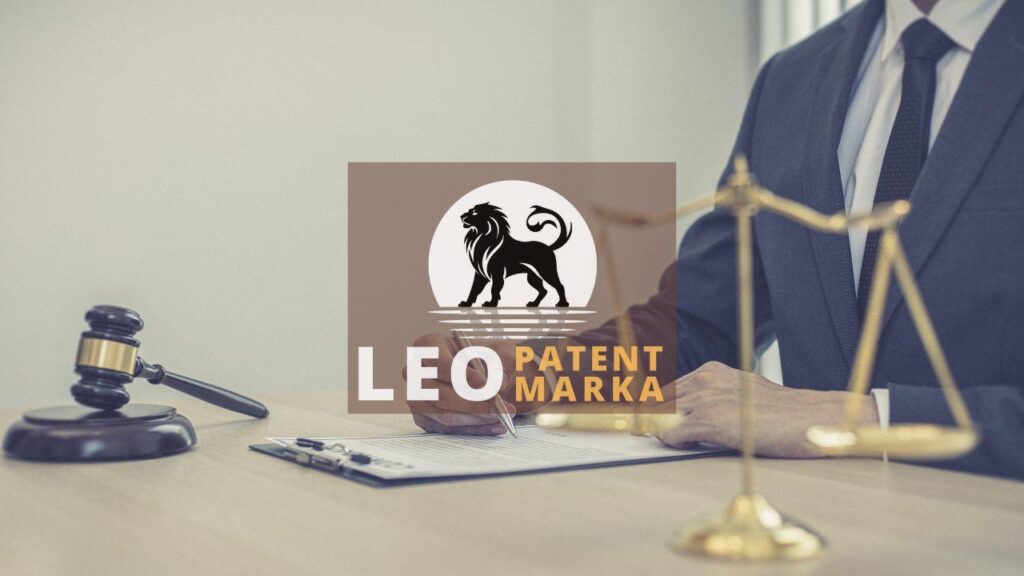In the realm of intellectual property rights, understanding the intricacies of design protection is crucial for businesses aiming to safeguard their unique designs and stay ahead of the competition. One pivotal aspect that stakeholders in Turkey must be aware of is the concept of Design Non-Use Defense. This defense mechanism can play an essential role in legal disputes, particularly when a registered design has not been utilized for an extended period. At Leo Patent, we recognize the importance of such mechanisms and their implications for design right holders as well as potential infringers. Through our comprehensive intellectual property consulting services, we guide our clients in navigating these complex legal landscapes, ensuring their designs are both protected and leveraged effectively within the bounds of Turkish law.
What Constitutes Non-Use in Trademark Law?
Under Turkish trademark law, a design owner must actively use the registered design in the marketplace to maintain its protection status. Non-use of a design typically refers to the continuous lack of commercial exploitation or public display of the registered design within the relevant industry for a period of five years from the date of registration. This includes scenarios where the design is not manufactured, sold, or exhibited in a manner that indicates genuine use in business operations. Failure to use the design in such ways can lead to legal challenges from third parties seeking to revoke the design due to inactivity, making it imperative for design holders to consistently utilize their registered designs to avoid potential legal vulnerabilities.
In Turkey, the onus of proving genuine use of a registered design falls on the design owner if a legal challenge arises. Evidence that can substantiate such use includes invoices, promotional materials, trade fair presence, or documented sales, all of which must clearly tie back to the registered design in question. A mere token use or sporadic attempts to exploit the design are insufficient under Turkish law; the usage must be consistent and align with the design’s intended purpose in the industry. This requirement underscores the importance of thorough documentation and continuous monitoring of the design’s commercial activities, which can serve as critical defenses against claims of non-use and subsequent revocation.
For businesses holding registered designs in Turkey, proactively managing and documenting the commercial use of their designs is not just a best practice but a legal necessity. At Leo Patent, we emphasize the strategic importance of maintaining detailed records and regular audits to ensure that all aspects of the design’s usage are well-documented and compliant with the legal standards. Our team provides bespoke solutions tailored to each client’s needs, guiding them through the complexities of maintaining and defending their design rights. Whether it’s identifying potential vulnerabilities or furnishing vital evidence during legal disputes, Leo Patent’s comprehensive intellectual property services equip design owners with the tools and knowledge to uphold their rights robustly.
Legal Precedents and Case Analysis
In Turkey, the application of the Design Non-Use Defense is shaped by several legal precedents that provide invaluable insights into how courts interpret and enforce this concept. One notable case is the decision by the Turkish Court of Appeal in which a registered design was successfully challenged due to long-term non-use, setting a clear benchmark for subsequent disputes. This ruling underscored the necessity for design right holders to actively use their designs to maintain protection. Moreover, it illustrated the judicial inclination towards encouraging market activity and deterring the hoarding of design rights. By analyzing such key cases, stakeholders can better understand the potential outcomes of invoking or defending against a Design Non-Use Defense, allowing them to make more informed decisions in both litigation and strategic planning.
Legal precedents have also highlighted the burden of proof required in Design Non-Use Defense cases. Specifically, it is incumbent upon the entity invoking this defense to substantiate claims of non-use with concrete evidence. For example, in a recent high-profile case, the plaintiff meticulously documented the defendant’s lack of design commercialization over several years, which was pivotal in the court’s ruling to invalidate the design registration. This evidentiary requirement places a significant responsibility on those seeking to challenge design rights, demanding a strategic approach to gather and present compelling proof of non-use. At Leo Patent, we assist our clients in meticulously preparing their cases, ensuring that all necessary documentation and evidence are thoroughly compiled to meet the rigorous standards set by Turkish courts.
In summary, the Design Non-Use Defense serves as a critical tool within the Turkish legal landscape, balancing the need to protect intellectual property with the imperative to encourage active commercial use of registered designs. Courts in Turkey have demonstrated a consistent commitment to ensuring that design rights are not merely dormant assets but are actively contributing to market dynamics. For design right holders, maintaining up-to-date records of design usage is essential to counteract potential challenges. Conversely, for entities looking to invoke this defense, meticulous evidence collection is paramount. At Leo Patent, we leverage our extensive expertise to guide our clients through every phase of this process, from assessing the viability of a Design Non-Use Defense to compiling robust evidence and navigating complex legal proceedings, thereby maximizing their chances of favorable outcomes.
Strategies for Leveraging the Non-Use Defense in Court
In Turkish intellectual property law, leveraging the Non-Use Defense effectively requires a thorough understanding of both the legal framework and strategic litigation tactics. When a registered design remains unused for three consecutive years, it opens the possibility for others to challenge its validity in court. To initiate this defense, the challenger must provide concrete evidence demonstrating the lack of use, which may involve gathering market data, tracking commercial activity, or presenting other relevant documentation. At Leo Patent, our expertise in handling such disputes allows us to meticulously prepare these evidentiary materials, strengthening our clients’ positions and enabling them to take decisive action against dormant design registrations. By doing so, we help our clients clear obstacles that may otherwise hinder their commercial endeavors.
Moreover, understanding the procedural aspects of presenting a Non-Use Defense is crucial for its success in court. This defense often requires not only clear evidence of non-use but also a well-constructed legal argument that aligns with Turkish industrial property regulations. Our experienced legal team at Leo Patent carefully analyzes the specifics of each case, identifying the most effective strategies to substantiate non-use claims. We assist clients in compiling comprehensive evidence, preparing compelling legal briefs, and representing their interests persuasively in court. By employing a strategic and nuanced approach, we ensure that our clients are well-prepared to leverage the Non-Use Defense to their advantage, potentially invalidating obstructive design registrations and fostering a more competitive business environment.
In addition to meticulous preparation and strategic presentation, maintaining continuous communication and updates throughout the litigation process is vital. At Leo Patent, we prioritize transparent and proactive engagement with our clients, keeping them informed about every step and potential development in their case. This attentive approach allows us to promptly address any emerging challenges and adapt our strategies accordingly. Our comprehensive understanding of Turkish intellectual property law, coupled with our dedication to client advocacy, ensures that the pursuit of a Non-Use Defense is conducted efficiently and effectively. By collaborating closely with our clients, we provide the support and expertise needed to navigate the complexities of design litigation, ultimately safeguarding their commercial interests and enhancing their market competitiveness.
Disclaimer: This article is for general information purposes only and it is recommended that you consult experts and companies in that field to evaluate your specific situation. We are not responsible for any damage that may arise from the use of the information in this article.
